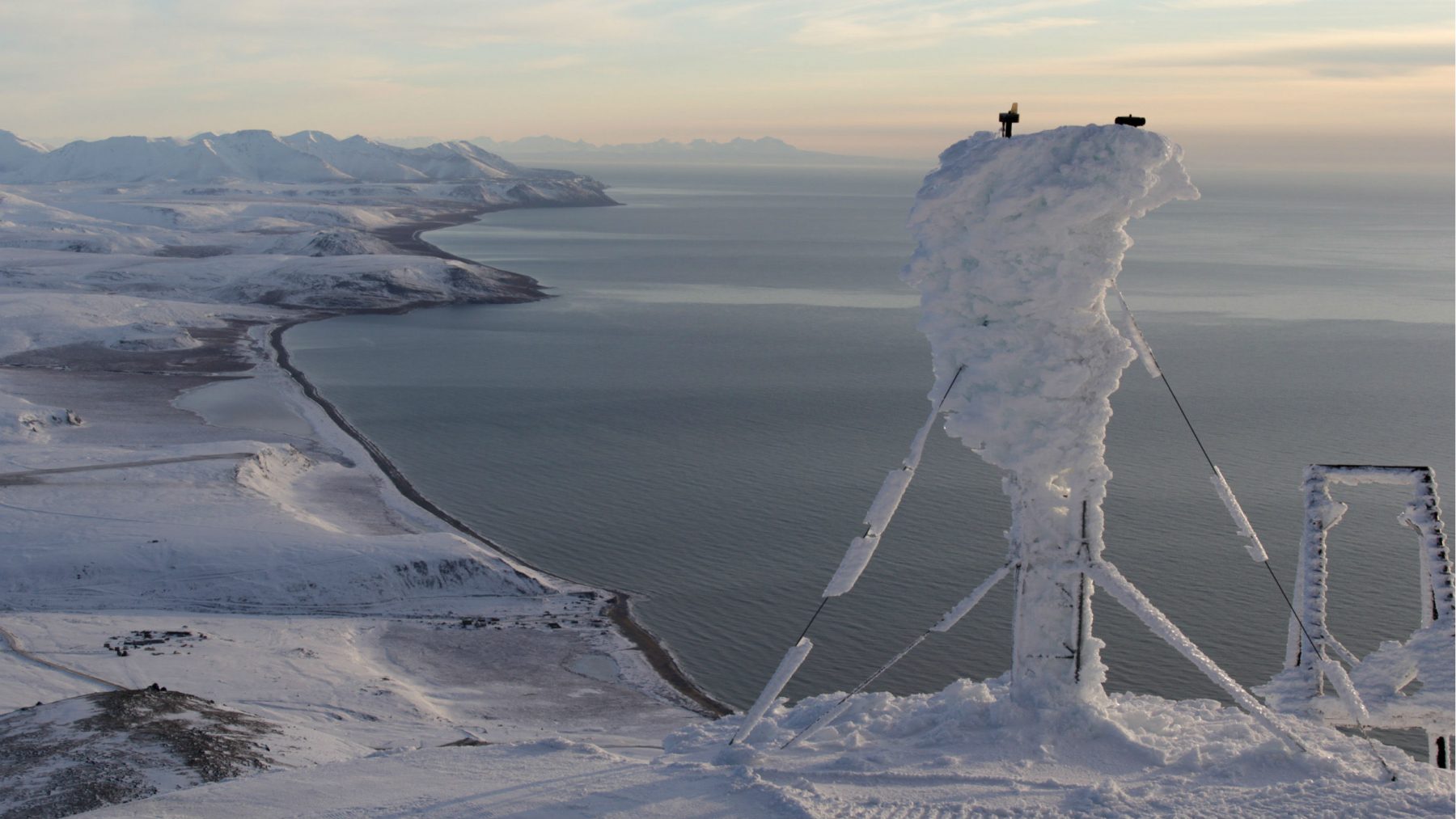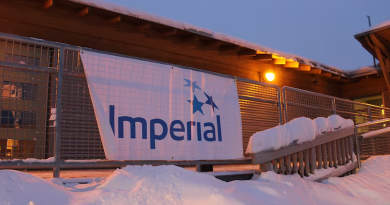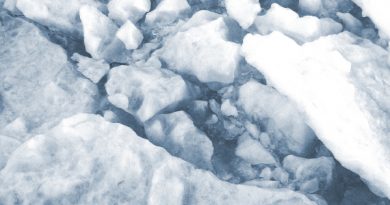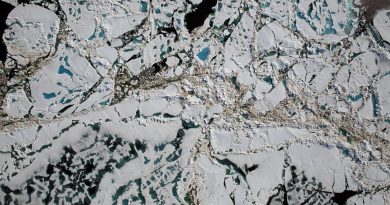Climate change a threat to bases across the U.S., Defense Dept. says

A new report by the U.S. Department of Defense (DoD) outlines how climate change is already threatening military installations around the country. That includes some large facilities in Alaska. In the decades ahead, the Pentagon expects the problems to only get worse.
The document, “Report on the Effects of a Changing Climate to the Department of Defense,” was released earlier in January. Under a 2016 directive, the DoD is required to incorporate climate considerations in its planning for operations and infrastructure. That work is getting trickier as increasingly variable weather across the globe complicates the U.S. military’s core mission set.
The report looks at 79 major military installations around the country, assessing both the current and future risks of flooding, drought, wildfires, desertification and thawing permafrost.
The findings paint a pessimistic picture: two-thirds of the facilities will face flooding in the years ahead, and more than half will likely face drought. This poses liabilities not only for existing infrastructure, but environmental changes are already affecting the military’s overall readiness. It’s harder to stage outdoor training missions with live ammunition, for example, if dry conditions increase the risk of starting a wildfire. That is exactly what happened in 2013, when live ordinance used in a drill close to Fort Wainwright, Alaska in the Interior kicked off the Stuart Creek Two Fire, burning 87,000 acres.
Problems for three Alaska bases
The report mentions three Alaska installations facing problems. Fort Greely near Fairbanks (Interior) is dealing with melting permafrost. Clear Air Force Station, also in the Interior, is facing increasing threats of wildfire. And Joint Base Elmendorf-Richardson in Anchorage (Southcentral) is at risk for worsening floods as well as wildfires.
The document makes frequent mention of changing sea ice conditions in the Arctic that the Pentagon anticipates will lead to more marine vessel traffic. That, it forecasts, brings a growing need for more infrastructure, supply-chains, as well as search and rescue capabilities.
The report is intentionally high-level, focused only on major installations. It leaves out smaller facilities, like fifteen long-range radar sites scattered in remote areas of the state, or dozens of semi-abandoned National Guard armories in bush communities.
Related stories from around the North:
Canada: Canada’s defence minister says military upgrades part of plan to strengthen Arctic sovereignty, CBC News
Finland: Climate change, birth rate should be Finnish gov’s top priorities: report, Yle News
Norway: NATO’s Arctic dilemma: Two visions of the Arctic collide as NATO and Russia flex muscles, Eye on the Arctic special report
Russia: Moscow tries to adapt to a fast-warming Arctic, The Independent Barents Observer
Sweden: Sweden to buy U.S.-made Patriot air defence systems, Radio Sweden
United States: U.S. fighter jets intercept Russian aircraft west of Alaska, Radio Canada International



